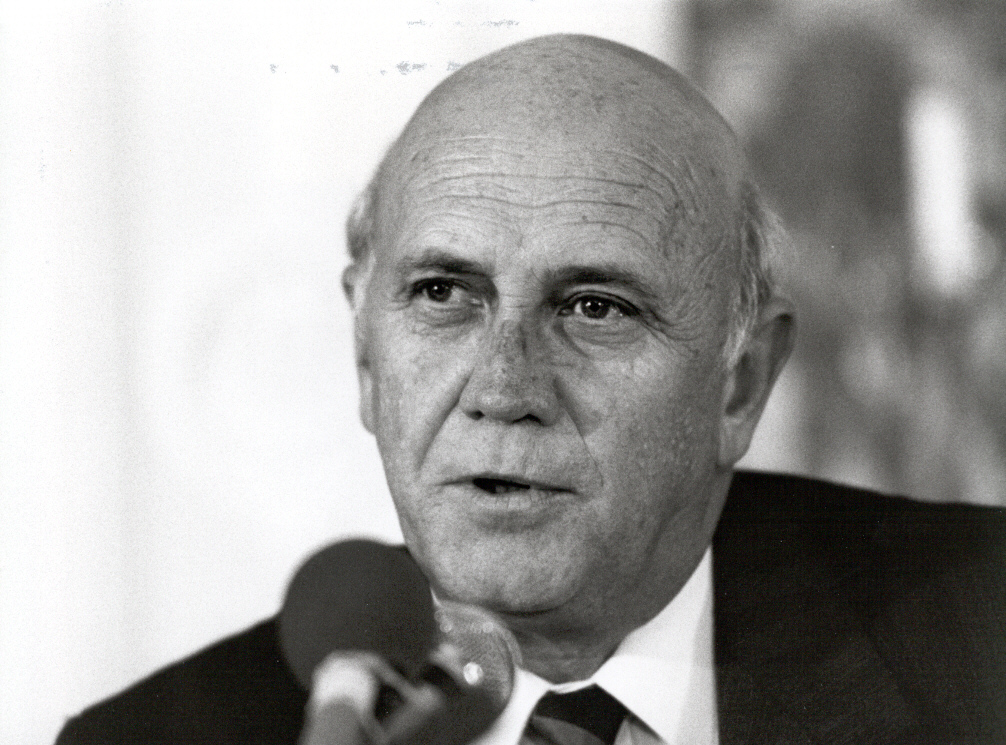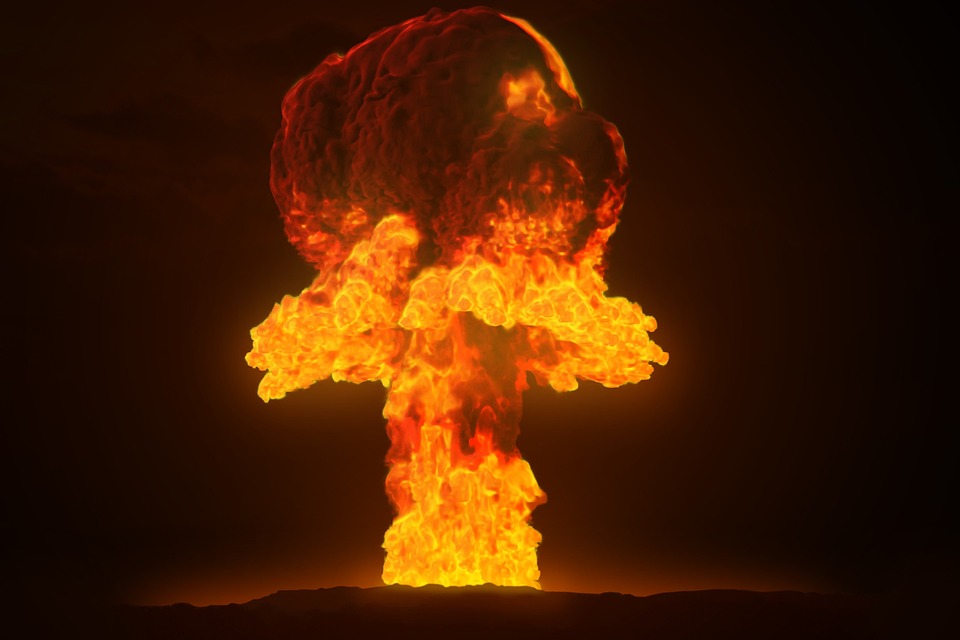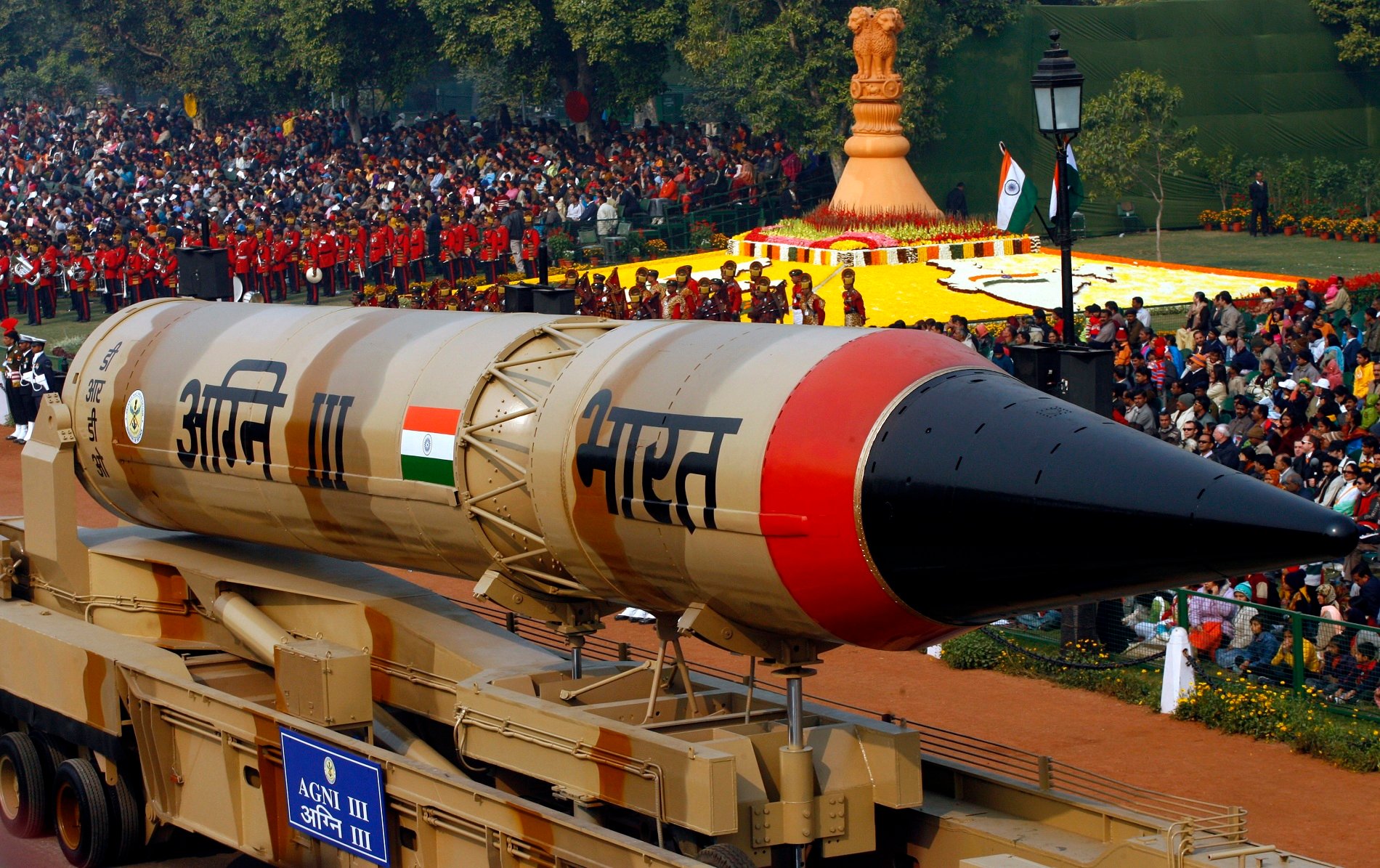The risks associated with nuclear weapons and their potential proliferation have been discussed and debated for more than five decades now. Countries such as Iran and North Korea have been sanctioned for their nuclear programs exceeding permissible limits of uranium enrichment and developing nuclear weapons.
The United States and Iran remain locked in negotiations that had earlier ended in a stalemate. There has also been no breakthrough achieved with North Korea that has turned its back on the demand of dismantling its nuclear arsenal.
However, there is one country that not only built nuclear weapons for itself without any official recognition but also voluntarily abolished them and came clean with the world, decades ago.

South Africa’s erstwhile apartheid government had participated in the research and development of weapons of mass destruction (WMD) from the 1940s until the 1990s.
In 1989, however, its decision to end the nuclear program made South Africa the only country to build nukes and voluntarily relinquish them. A few years later, in 1993, the country also ended its biological, chemical, and missile programs, thus abolishing all forms of WMDs.
Then-South African President Frederick William de Klerk verified what had been suspected for years on March 24, 1993. He announced to the world that his government was working on a top-secret project and had acquired nuclear weapons.
He had stated South Africa had produced six atomic bombs in one of the most infamous addresses to the country’s Parliament in its entire history. He also said the bombs had been destroyed and that the country’s nuclear development had been halted for military needs.
Then, in a significant turn of events, South Africa became a part of the Nuclear Proliferation Treaty (NPT) and thus, became the first country ever to build nukes, destroy them without any notice and then join the treaty alliance aimed at non-proliferation of nuclear weapons.
SA looks forward to the 10th Review Conference of the Treaty on the Non-Proliferation of Nuclear Weapons (NPT), & reaffirms its commitment to the NPT as the cornerstone of the nuclear disarmament & nuclear non-proliferation regime.#NPT @SAIIA_info @CDSecretariat @DIRCO_ZA pic.twitter.com/jiGdyCPIUA
— South African Mission – UN, Geneva (@SAfrPMUN_Geneva) March 23, 2021
India and Pakistan are not signatories to NPT, because of which they are barred from joining the Nuclear Suppliers’ Group.
South Africa after having destroyed the nuclear weapons built under the apartheid government began to champion disarmament and nuclear non-proliferation in the post-apartheid era. It also led the effort to establish the Treaty of Pelindaba and the African Commission on Nuclear Energy established for the purpose of ensuring States Parties’ compliance with their undertakings in the Treaty.
In 1999, they adhered to the Comprehensive Nuclear Test Ban Treaty (CTBT) as well.
South Africa’s Tryst With Nukes
South Africa, which had a lot of uranium, was interested in atomic energy and the mining, trading, and energy industries that could be formed around it as early as 1948. In 1957, the government purchased its first nuclear reactor from the United States.
While the goal of the nuclear program was not officially changed from peaceful to military purposes until 1977, US intelligence records suggest that South Africa launched its nuclear weapons program in 1973. They were initially prevented from testing these weapons due to intense international pressure, according to International Campaign to Abolish Nuclear Weapons (ICAN).
However, South Africa had devised and manufactured its first nuclear explosive device by 1982. It possessed six bombs, each containing 55 kilograms of Highly Enriched Uranium (HEU), and was capable of delivering the explosive equivalent of 19 kilotons of TNT, by 1989.

When De Klerk made an official announcement to parliament about the destruction of all the nuclear bombs, he also granted the International Atomic Energy Agency (IAEA) unrestricted access to the nuclear site in order to investigate his claims.
He stated the agency could go to all of South Africa’s nuclear sites to check their assertions and with this, came a full circle from acquiring nuclear weapons to dismantling them and becoming one of the loudest voices for disarmament, in the world.
In 2017, during the presidency of Jacob Zuma, South Africa also became a signatory to the ‘Treaty on the Prohibition of Nuclear Weapons’ that includes a comprehensive set of prohibitions on participating in any nuclear weapon activities.
As yet #Gambia and #SouthAfrica leading the way by signing AND ratifying #TPNW. Step up Africa! We need those ratifications for #EIF#nuclearban @UNgambia @UNSouthAfrica https://t.co/wj5hu2eocY
— abolition now (@nuclearfreede) May 22, 2019
Only four countries have ever surrendered nuclear weapons in history. And three of them —Belarus, Kazakhstan, and Ukraine — did so because these nuclear weapons were inherited from the former Soviet Union but these countries lacked the resources to control and sustain them, according to The Atlantic.
The choice to sell the weapons in exchange for US support and Russian security guarantee is nevertheless extraordinary; if Ukraine and Kazakhstan had kept the arsenals on their soil, they would have become the world’s third and fourth nuclear powers, respectively.
Why Did South Africa Destroy Its Nukes?
South Africa’s intention to develop nuclear weapons with restricted warheads began in 1974, according to de Klerk’s 1993 address. The threat posed by the expansion of Soviet forces in South Africa was the reason behind this decision to make warheads, in a major policy shift.
South Africa developed nuclear weapons as a result of the uncertainty generated by the Warsaw Pact, an organization of former communist countries.
South Africa’s choice was also affected by the evolving security environment in Africa. Portugal abandoned its African territories. Angola and Mozambique gained independence. The civil battles that erupted in the country took on an international dimension. Between the communist and the capitalist powers, the shadow of the Cold War hung heavy; the security situation in the region had deteriorated.

In Angola, the number of Cuban forces was growing. South Africa believed it required a defensive weapon. The country was also cut off from the rest of the world due to its apartheid policies. In the case of an attack, the president told parliament that his country could not rely on foreign aid.
During the Cold War, neither the US nor did Russia, the two superpowers of the time, support South Africa. When South Africa was preparing to conduct an underground nuclear test in 1977, the US and the Soviet Union joined hands to stop it.
In these conditions, the South African government decided to build an atomic bomb for its own security, and the South African government authorized a three-stage nuclear deterrence strategy in April 1978.
The first stage was to maintain confusion regarding the country’s nuclear capabilities, i.e. neither admit nor deny them. If there was a threat to South Africa, the second step would be executed. It was determined that in case of a threat, South Africa would inform a superpower such as America secretly that it has nuclear weapons.
It was decided that if the threat did not abate, South Africa would turn to the third phase and officially admit to possessing nuclear weapons. It was also determined that the bomb would be tested underground at the same time.

In reality, South Africa’s policy never progressed beyond the first phase.
The reasons for dismantling these atomic weapons were given by De Klerk in his address to parliament. He cited the truce in Angola, the departure of 50,000 Cuban soldiers from Angola, and the three-party agreement for Namibia’s independence. He also noted the fall of the Berlin Wall, the end of the Cold War, and the disintegration of the Soviet Union necessitated the end of South Africa’s nuclear program.
Under these conditions, the then-President remarked, nuclear deterrence had become not only necessary but also a barrier to South Africa’s foreign ties and its full integration with the world for its own interest and progress.
It could be speculated that the United States somewhat expects the same dismantling of nuclear weapons from North Korea which has grown more belligerent by the day. While the US insists on a complete dismantling of the nuclear arsenal, North Korea demands a blanket removal of sanctions imposed on it.
- Contact the author at sakshi.tiwari9555@gmail.com
- Follow EurAsian Times on Google News




